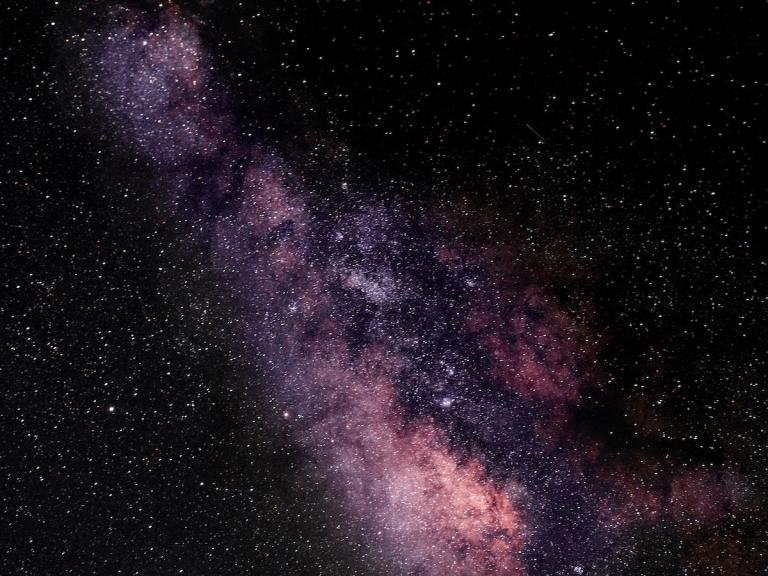
With two full moons and the year’s best meteor shower, August will be a busy month in the heavens. We may lose sight of two planets, but two more will swing into view. The month’s first full moon happened on August 1, known as the Sturgeon Moon in North America because the continent’s largest freshwater fish start their spawning season. Other names include the Corn Moon and Grain Moon.
However, there’s a bonus moon this month. The second full moon will happen on August 30 and is one of two “blue moons.” This term applies to either the second full moon in a calendar month or the third full moon in an astronomical season with four full moons. The second type will happen on August 19 in 2024. Both of August’s full moons also happen to occur close to the times of the moon’s closest pass to Earth in orbit, known as perigee.
Some call perigee moons “supermoons,” which appear about eight percent bigger and 16 percent brighter than the average moon. August 1 was a special day in pre-Christian Gaelic culture, one of the four “cross-quarter” days commemorating the midpoints of the astronomical seasons. Lughnasadh was widely observed in Ireland, Scotland, Wales, and the Isle of Man as the first of three harvest festivals. When Christianity arrived in the region, the day became the feast day of St. Peter in Chains.
It subsequently evolved into “Lammas” or “Loaf Mass.” On this day, it is traditional to bring the first loaf of bread made from the season’s first crop to the church for all to share. Unlike the other cross-quarter days we know as Groundhog Day, May Day and Halloween, Lammas isn’t widely observed in the United States. However, it is still prevalent in Britain and marks the “traditional” start of summer holidays in many parts of Europe.
If you go out on almost any moonless night in August, you will see a few “shooting stars.” If you go out on the night of August 12-13, you’ll see lots of them. This is the night when the annual Perseid meteor shower reaches its peak, and a single observer at a dark-sky location can expect to see between 50 to 75 meteors in an hour.
The Perseids are perhaps the year’s most consistent meteor shower, occurring under nearly ideal circumstances this year. The crescent moon won’t rise until well into the early morning hours, and the mild nights are perfect for stretching out on a comfortable beach chair and looking skyward.
The Perseids originate from tiny particles of rocky material that sputter from the nucleus of a comet. They then spread out along the comet’s orbital path. The Earth plows into this material each year on the same date, producing the shower. Records of the shower date back well over 2,000 years.
As for the planets, we said goodbye to Venus in July, but Saturn will make its return while Jupiter waits in the wings. Jupiter is big, bold and bright as celestial objects go, offering something for anyone with some optical aid. A steadily held pair of binoculars is enough to show the four moons first described by Galileo in 1610. They change their configurations from night to night, so they are always fun to watch.
